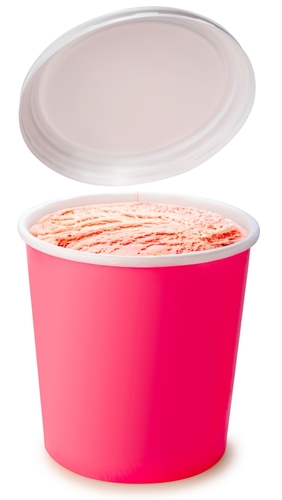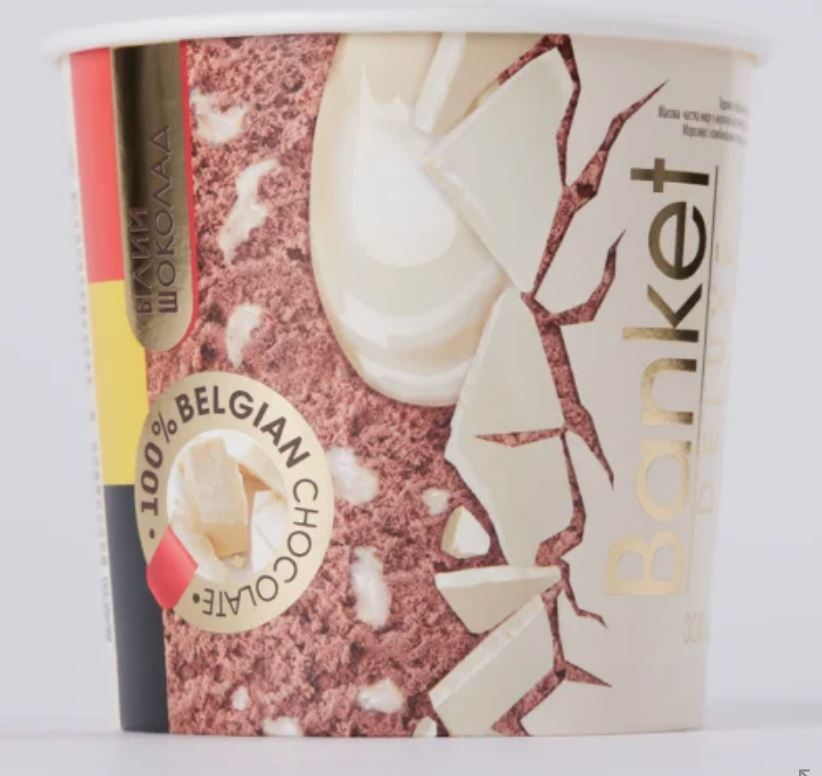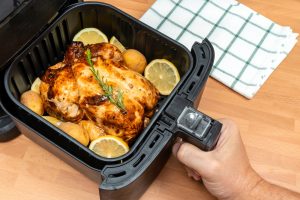Paper ice-cream buckets are specially designed containers for holding ice cream and other frozen
desserts. The primary material used for paper ice-cream buckets is food-grade paperboard.
This paperboard is often coated with a thin layer of polyethylene (PE) or another moisture-resistant polymer to
create a barrier against moisture and oils. This coating stops the paper from becoming soggy when in
contact with cold, creamy ice cream and helps the bucket maintain its shape.

The manufacturing process involves multiple stages, from selecting the raw materials to the final
assembly, to ensure that the buckets https://univest-pack.com/shop/buckets/ice-cream-bucket/ can
withstand cold temperatures while maintaining their structural integrity and preventing leaks.

- The manufacturing process begins with the preparation of the paperboard rolls. These rolls are
fed into a printing press where colourful branding, product information and decorative designs are
printed onto the paper surface using food-safe inks. Printing often occurs before the application of
a moisture barrier coating to ensure proper adhesion of the ink. - After printing, the paperboard undergoes lamination, whereby a polyethylene or similar plastic film
is applied to one or both sides of the board. This lamination provides essential waterproofing and
grease resistance, which is crucial for maintaining product quality and preventing leaks during
storage and transport. - Once laminated, the paperboard is cut into flat blanks in the shape required by the bucket’s
design specifications. These blanks include pre-scored lines and tabs to facilitate folding and
gluing. Advanced die-cutting machines produce precise shapes and perforations to ensure
consistent, efficient assembly. - The assembly process involves folding the paperboard blanks into cylindrical shapes to form the
bucket’s walls. The tabs on the edges are coated with a food-grade adhesive and pressed firmly
together to create a secure seam. The base of the bucket is typically made from a separate,
sturdier piece of paperboard and is glued into place and reinforced to support the weight of the
ice cream. - After assembly, some buckets receive an additional polyethylene coating or wax layer on the
inside for extra moisture protection. - Finally, each bucket is checked for proper adhesion, shape, and leaks as part of the quality
control process.
Crave Magazine is proud to be a leading lifestyle magazine in the UK, inspiring modern living.





